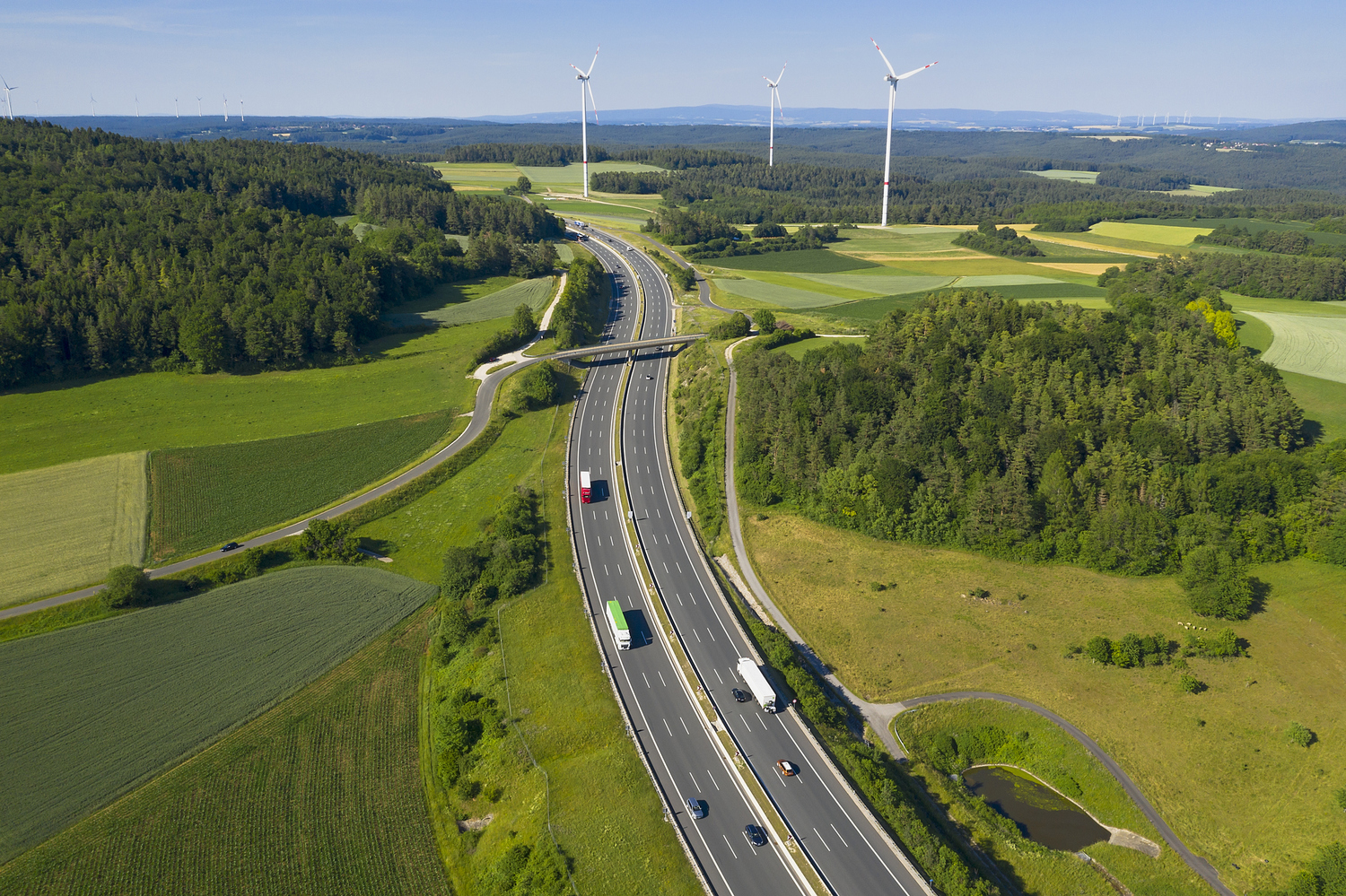Summer has barely begun and we’ve already seen record temperatures scorch the West with a deadly heat wave that hit Portland, Seattle, Vancouver, BC, and the rest of the Pacific Northwest.
In California and Texas, record temperatures are causing grid overload, compelling utilities and states to ask residents to conserve energy and ease off their air conditioning to deal with the extreme heat.
Wildfire season is here again, and this year’s wildfires are three times larger at this time of the year compared to the same point in 2020. In New York City, commuters were forced to wade through flooded subway stations due to heavy rainfall ahead of Tropical Storm Elsa last week.
It’s clear that action is needed to address the real impacts of the climate crisis that are being felt in communities all across the nation. This includes a major clampdown on climate-disrupting emissions from transportation. The transportation sector is the largest source of carbon emissions in the United States - accounting for approximately a third of our annual global warming emissions.
In addition to driving up greenhouse gas emissions, medium- and heavy-duty trucks and buses produce dangerous air pollutants that harm the health of our communities, especially frontline communities of color.
Although trucks and buses account for only 10 percent of all vehicles on the road, they’re responsible for the bulk of air pollution: 45 percent of nitrogen oxide emissions and nearly 60 percent of the particulate matter produced by the entire transportation sector. It will perhaps come as no surprise that low-income communities of color are most likely to live in close proximity to major highways, roads, warehouses, ports, and airports.
It’s Been One Year Since A Multi-State Truck and Bus Electrification Announcement and These Signatory States Are Moving Forward
Last summer, 15 states and the District of Columbia entered into a historic agreement, officially called a memorandum of understanding (MOU), to transition away from dirty trucks and buses by committing to sell only zero-emission medium- and heavy-duty trucks and buses by 2050.
The participating states - California, Colorado, Connecticut, Hawaii, Maine, Maryland, Massachusetts, New Jersey, New York, North Carolina, Oregon, Pennsylvania, Rhode Island, Vermont, Washington, and Washington, DC - collectively represent nearly half of the US economy and 40 percent of goods moved by trucks.
Around the same time this agreement was signed, California paved the way for even more ambitious action by establishing the nation’s first Advanced Clean Trucks (ACT) rule. A strong coalition of environmental, justice, labor, health, and community groups advocated for the California Air Resources Board (CARB) to set ambitious standards that would require manufacturers to increase sales of zero-emission vehicles, with a goal of 100 percent sales of new zero-emission medium- and heavy-duty vehicles by 2045 -- five years ahead of the target laid out in the multi-state MOU.
Since then, many other states that had joined the agreement are now following California’s lead and adopting the ACT rule. The following states have either signaled or already begun the process of adopting the ACT rule by the end of this year:
-
New Jersey is currently in the rulemaking process to adopt the ACT rule and recently concluded its 60-day public comment period, which included a public hearing.
-
Washington State just opened its public comment period on adopting the ACT rule. It will last through August 6, and the state will be holding a series of public information sessions and hearings in July.
-
New York is considering adoption of the ACT rule. The state has hosted several public engagement sessions this year and accepted informal public comments on the rule in April.
-
Massachusetts held several public listening sessions in April and this month presented a timeline for proposing regulations and will allow public comments starting in September, with the goal of adopting the rule in December.
-
Oregon intends to open public comments on adoption of the ACT rule in August or September, with the aim of deciding whether or not to adopt the rule in November.
More Action Required to Meet the Scale of the Climate Crisis & Protect Communities
Six of the MOU signatory states (including California) took action this year to phase out sales of dirty trucks and buses by requiring manufacturers to increase sales of zero-emission vehicles. However, more action is required. Additional states and the federal government must step up to follow their lead and do more.
As a first step, governors around the country should seek to commit to 100 percent electric truck and bus sales by 2050 by signing the multi-state MOU that was announced last year. They should then seek to adopt California’s ACT rule, which should serve as an example for other states wishing to protect their residents from air pollution. These steps are the bare minimum that states must take to move beyond dirty trucks and buses and respond to the needs and demands of frontline communities.
Signing the MOU and adopting a clean truck rule are a good start toward achieving a fully decarbonized transportation system by 2050. But the lifespan of large trucks and buses is seven to 15 years, so we need to phase out these vehicles by 2035 or 2040 if we are to reach President Biden’s goal of economy-wide net-zero emissions by 2050. We have no time to waste.
